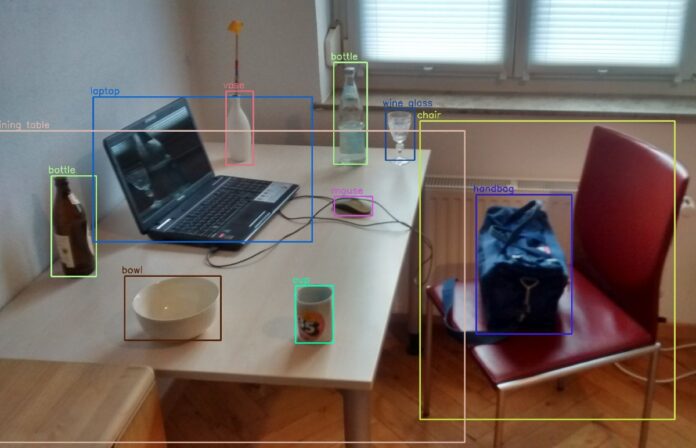With the use of models, today’s computers are trained to be able to see almost identically to human vision. Computers can do this with the help of cameras.
This ability of computers is known as Computer Vision. It is an Artificial Intelligence (AI) technology that enables computers not only to see but also to understand visuals to detect issues and defects.
A computer, along with AI and the use of deep learning and neural networks, can process and make sense of visual information and make meaningful suggestions or recommendations. Such visual information includes visual inputs such as camera recordings, videos, images, and other types of visual inputs.
Read below to learn how computer vision works:
How does Computer Vision Work?
A computer program attempts to identify the objects presented in the digital images.
In order to achieve this, computers are provided with sets of images as models in which they are expected to identify features and patterns. Then, they utilize these patterns and models by applying to other images and analysing the similarities.
Computer vision functions by training machines to perform these tasks. Computer vision has to identify objects using data, cameras, and algorithms in much less time than human vision can do.
Computer vision company requires lots of data for visual identification and classification. They keep analyzing the data until they can discern distinctions and ultimately recognize images. This vision is utilized in a wide range of industries, including energy, utilities, manufacturing, and automotive. They also offer services such as natural language processing service.
Having this introduction in mind, let’s learn about the real-time applications of Computer Visions.
What are the 7 Applications of Computer Vision?
Augmented Reality (AR)
Augmented Reality apps work by taking a real-world setting and applying computer-generated inputs to it. Simply put, using computer vision, these apps combine both the real and the augmented world. Many parts of both environments are amalgamated or digitally manipulated to render a 3D registration of both virtual and real objects. As a result, we get visuals generated by combining real and augmented entities.
Unmanned Aerial Vehicles (UAVs)
An embedded computer within UAVs is used to implement computer vision for finding paths. UAVs with integrated computer vision can detect and avoid obstacles on the way and make aerial decisions.
Facial Recognition
Facial recognition programs work by capturing more than just features. They use computer vision to identify people in photos from different angles. Many devices have an unlocking feature that computer vision allows to unlock by showing the user’s face.
Gesture Recognition
Gesture Recognition is the subdiscipline of computer vision. Commonly, gestures originate from hand or face motions. These gestures are interpreted with the computer vision to control and interact with different devices.
Self-driving cars
Cars can make sense of their surrounding areas with the use of computer vision. Smart vehicles come with a few embedded cameras to capture videos from various angles and send them as input signals to computer vision systems. The software then processes videos in real-time and detects entities- such as objects near the car, road marking, traffic lights, etc.
Optical Character Recognition (OCR)
OCR technology is connected to a scanner that scans a document. Using a computer vision function, OCR improves the parts of the captured document and converts it into a bi-level document having only white and black colors. Whereas white is recognized as background, black is recognized as a character in the document. After this document segmentation, the black color is further analyzed to recognize digits or letters it contains and identify patterns. Finally, computers comprehend what characters a document contains.
Visual Recognition
Visual recognition is an aspect of computer vision. Computers are trained to interpret the visual world using digital images from deep learning models, cameras, and videos. With this data, machines can accurately detect and classify objects and then react to what they identify.
Conclusion
Computer vision plays a pivotal part in endeavors in entertainment, business, healthcare, transportation, and everyday life to track visual information of all happenings.
Many devices come with embedded computer vision abilities that are used for a myriad of purposes. They help to identify security threats, keep personal devices secure with visual locks, and recognize different objects to provide you with meaningful suggestions.
So, computers are trained to make our lives easier and perform detection tasks faster than humans do.





